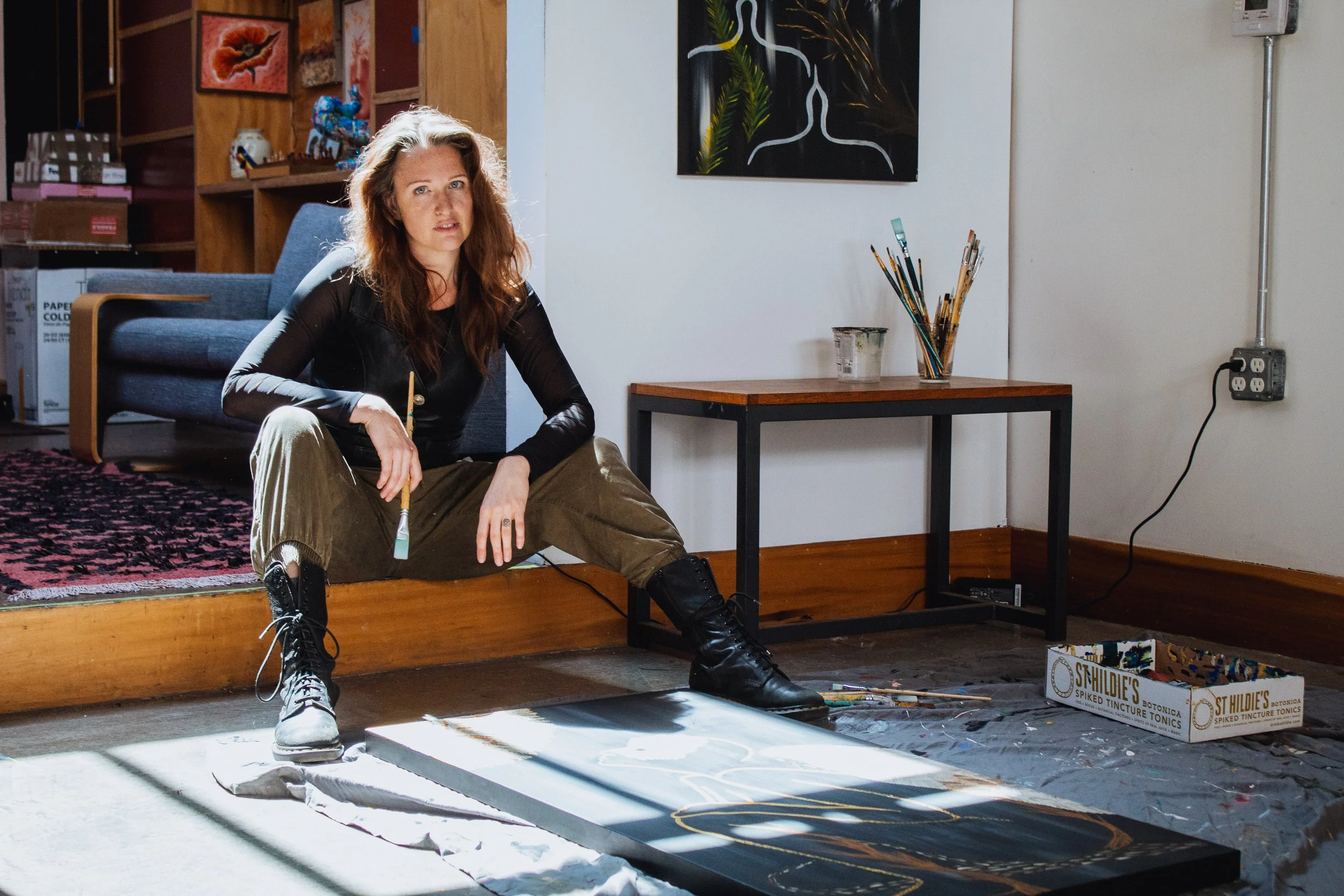The Pre-Theoretical Fringe:
Art-Based Research in a Scientific World

When I approach my work, I start as I once did in the lab: gathering readings, observations, and questions. But instead of simplifying phenomena into their smallest components, I hold their tensions and contradictions in mind, allowing them to coexist. I silence my internal monologue and let the artistic process unfold. Again and again, this act of primed creation yields new discoveries. Some of these emergent findings are the sort of clean, testable hypotheses scientists chase. Others elude articulation. As a neuroscientist, I like to imagine these more ambient revelations taking root as a strengthening and proliferation of my neural networks, enhancing my facility with the concepts I’m pondering and precipitating future insights. As an artist, I hope those who see the work experience a similar glimmer of internal expansion.
Delving deeper into research-oriented artistic practice, I’ve tried to understand the basis of its power. What enables art to facilitate certain connections and epiphanies in ways other disciplines cannot? I’ve turned to thinkers like Noam Chomsky, whose work explores the limitations of language: its trade-offs between specificity and nuance, its inability to fully capture the abstract and the infinite. Similarly, for all its rigor, the scientific method is limited: By the confines of observable reality, the rigidity of deductive reasoning, the subjective nature of meaning. Both language and empiricism strip away ambiguity, reducing the vastness of our reality to what can be measured or defined.
Art, in contrast, thrives where other disciplines falter. It transcends narrative thought and quantitative analysis, embracing the intangible, the limitless. Building on the foundations of art-based research established by Elliott Eisner and others, my work explores how art can complement the sciences and humanities as a method of intellectual exploration. Art will never replace empiricism as a means of distilling fact. However, when it comes to generating hypotheses, surfacing far-flung patterns, and connecting the workings of the physical universe to the subjective human experience, art offers a wholly unique contribution.
In recent years, I have primarily made paintings. I appreciate the rich historic grounding of this discipline (both personal and general), the freedom to move between figuration and abstraction reflecting different modes of conceptual consideration, and the pre-existence of a well-developed visual lexicon. Painting affords me both the space to drop into the wordless flow state in which subconscious syntheses can bubble to the surface, and the ability to record and communicate without the restrictions imposed by more explicit systems.
The public intellectual (and my PhD colleague) Erik Hoel argues that great scientists follow intuition and beauty, not rationality. Among other examples, Hoel notes that Albert Einstein believed some aesthetic dimension of his own mind fit well with the universe, and that this congruency enabled his apparent strokes of genius. I believe such congruency is more common than we might think, and that artistic practice is uniquely suited to unlocking these deep parallels. From this perspective, my work aims to contribute to both the direct application of art-based research methods and to a broader understanding of their potential.